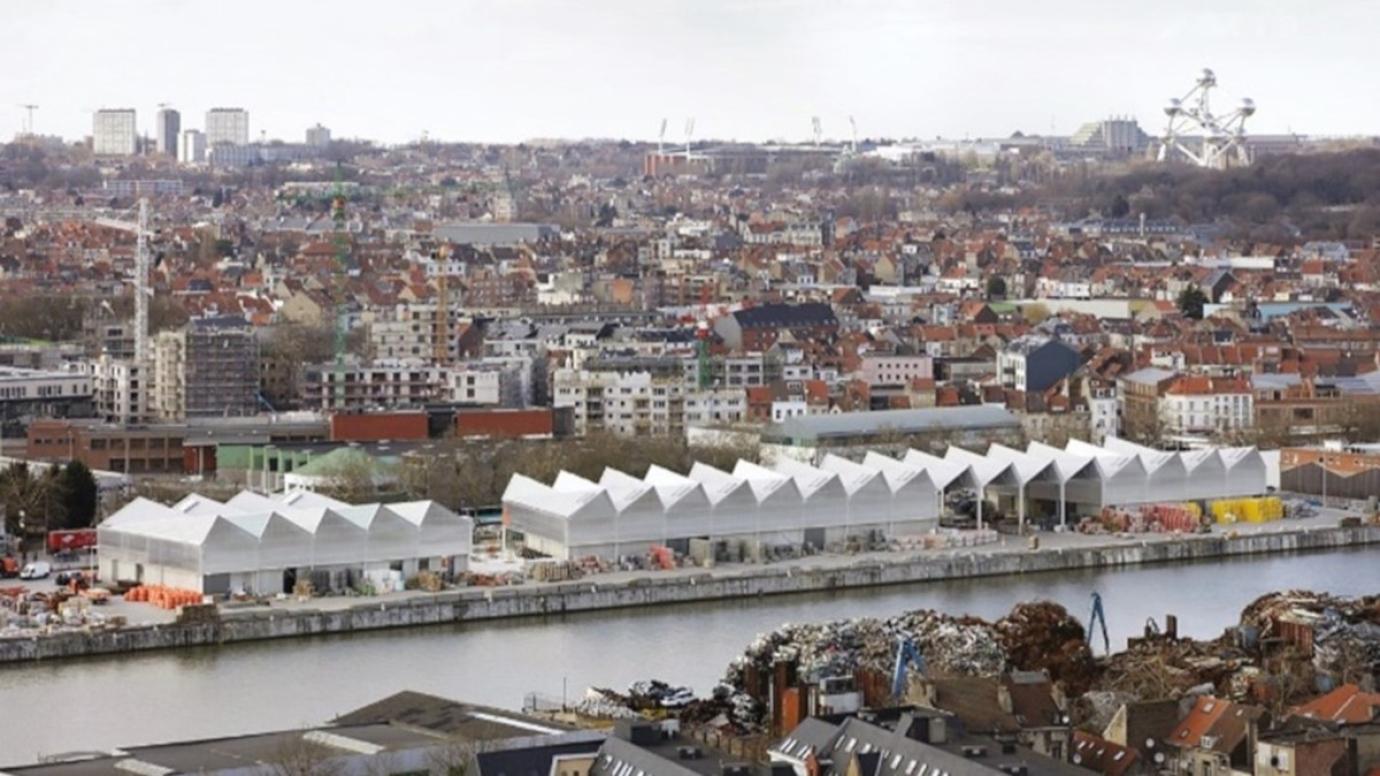Brussels’ Bouwmeester - Maître Architecte
A new role for comprehensive urban development.
- Country:
-
 Belgium
Belgium
- Type of project :
- Governance
- Size of city/region:
- Region

Key facts
Main sponsor: Brussels Capital Region
Year completed: 2009-ongoing
City / regional background
In the past, Brussels experienced rapid urbanisation without comprehensive urban planning. In recent years, high-quality architecture and the built environment have been explicitly prioritised. In 2009, the Brussels Capital Region government introduced the Bouwmeester Maitre Architecte (BMA) position to enhance the quality of urban development projects across the city.
The appointment of Master Architects (bouwmeesters) has emerged as a widely adopted approach in Belgium since 2000. The original goal was to better organise public procurement processes for architectural service contracts, focusing on their depoliticisation and professionalisation. In this context, it meant ensuring well-structured architectural competitions.
However, in Brussels, this objective quickly evolved to encompass a broader mission – how to advance the overall architectural and built environment quality, facilitated by diverse tools. The BMA is selected through an open and public recruitment process, overseen by an assessment committee that involves external specialists at the regional level in the Brussels-Capital Region. Appointments span a five-year tenure. Although the Brussels government sets the mandate, the position maintains independence to promote the best architectural and urban planning outcomes for the city.
Solution
From a governmental and administrative perspective, Brussels is considered a regional entity. But concerning its special scale it operates as a city. The BMA is a unique case in Belgium as the position brings together the local and regional levels. Unlike in other cities or regions, the "bouwmeester" position is written into the law and is not dependent on the regional government's choice but on the regional parliament's decision. The role of the BMA aims for maximum impact by covering all aspects of urban development, including architecture, urban planning, public spaces, and landscape.
The BMA works not only on projects but also on governance and tools that structurally improve the quality of the built environment. Its mission is to drive forward Brussels’ ambitions in urban development by assisting, advising, and encouraging public and private clients. It aims to benefit a wide audience, as it affects everyone in the city. It uses a variety of tools, now marked by increased public engagement and a special focus on climate change.
Through the years, the role and responsibilities of the BMA have evolved. It includes four main soft power tools that are used in practice: design competitions, ‘quality chambers’ (design review boards), research by design, and communication.
Criteria for high-quality (context, sense of place, diversity, beauty)
-
The BMA operates in a cross-functional manner, collaborating with various entities and departments engaged in the urban development of Brussels, and works with various policy levels and areas on federal, regional and local levels.
-
The “research by design” approach helps figure out a project in its early stages and lays out the future possibilities for each site, programme or theme. Within this tool, the team discusses how things should look and work in that space.
-
The BMA is appointed by the government as a whole and is at the service of those politically responsible for all policy areas. This indicates that spatial quality is taken care of / integrated in all aspects of governance and decision-making, and ensures a comprehensive approach to urban planning and development. Quality must bring everything together and connect different aspects.
Governance and management
Various actors, including public authorities from different policy areas, players from the field of culture and education, and activists and civil society organisations, were involved in the introduction of the BMA position in 2009.
Many actors are involved in the current functioning of BMA: public authorities at all levels, private sector and professional circles, press, cultural and educational institutions, civil associations.
There are currently 15 people on the BMA team.
Budget and financing
The budget is provided by the Brussels Capital Region. The budget only covers the remuneration of the team, including any overhead costs. In 2022, the cost was around €1,500,000 for 17 staff members.
The intervention of the BMA is free of charge for anyone who calls on its services. However, the budget associated with the implementation of the projects are not included in this scope.
Transferable ideas
Since 2000, the appointment of bouwmeesters has become increasingly popular in Belgium as a best practice. There is regular interest abroad in introducing a similar function, at national level (Sweden, Estonia), and at city level (the Netherlands, Romania).
Tips from the city:
-
Laws and regulations are useful, as a starting point for design quality. But additional measures are necessary, especially the more informal approaches of soft power in quality design governance.
-
Independence in design quality governance is important, as trust grows based on argumentation and accountability. This allows the BMA to work transversely, breaking silos and working both in and outside of the system.
-
Develop a bridging function between the world of creativity and citizens and that of administration and politics. The aim isn't solely bottom-up or top-down, but rather the seamless interaction between them.
Contact information
Contact the Bouwmeester Master Architect Brussels via email.


